
Cookie settings
We use our own and third-party cookies in order to offer our services, display videos, obtain statistics and offer personalized advertising.
For more information, please read our cookies policy.

The bath or hamman (among people from al- Andalus) was a public, civic and in some way religious building. It comes from times of the King from the Zirí Dynasty Badis Ibn Habas.
The Arabs inherited the Roman springs tradition from Byzantium and Rome through Middle East and North Africa cities.
The Arab baths used to have three or four rooms, together with a courtyard that is useful for going in. The first room is rectangular and was used as a cold water room and was followed by a square one with great dimensions, with horseshoe arcades in three of its sides, corresponding to the warmer water room. Finally, another rectangular room with two spaces where the water baths were placed was the hottest water room.
In order to properly isolate the interior and exterior, tick mortar walls were used over which stone and brick vaults with octagonal and star- shape skylights were put up in order to let the entrance of light, exit of steams and make lighter the vault weight.
The walls were covered with stucco and painted. We should highlight the interior decoration, based on columns, capitals, painted baseboards, marble floors and perforated vaults with star- shape lucernes that let the perfect ventilation of the bath.
Built: XI Century
Author: Anónimo
Style: Ziri
Category: Civil
Type: Arab baths
4 reviews
Would you like to know truly Granada?
In this walking tour: Albayzin and Sacromonte we will take a walk through the Granada's Historical districts. We will discover the Granada's history and the artistic details of its buildings.
Don't join us?
Address and telephone
Opening times
Prices
Free entry
If you see any mistakes or want to add anything to this information, please contact us.
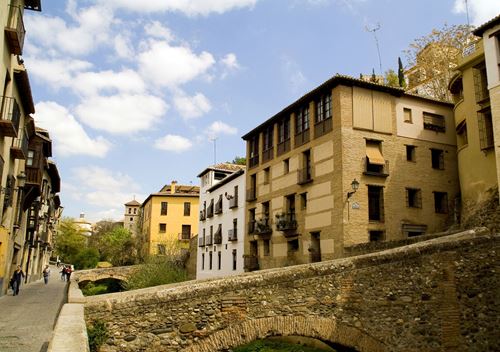
4 reviews
Would you like to know truly Granada?
In this walking tour: Albayzin and Sacromonte we will take a walk through the Granada's Historical districts. We will discover the Granada's history and the artistic details of its buildings.
Don't join us?
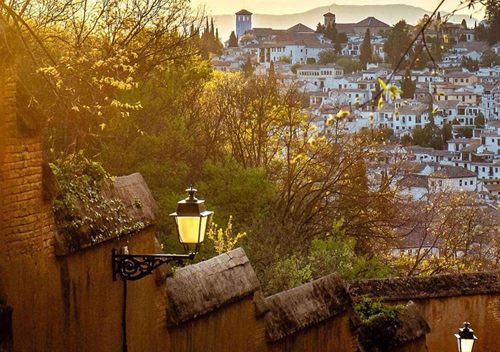
Can you imagine walking through Granada with a guide just for you and choosing your preference route?
Well, it is possible with these private routes. You can choose between the Historic Center and Albayzín, Albayzín and Sacromonte, or just one of these last two historic neighborhoods declared a World Heritage Site. For more than two hours you will enjoy an exclusive guided tour just for you and yours.
For your next visit to Granada, don't hesitate and book your private route.
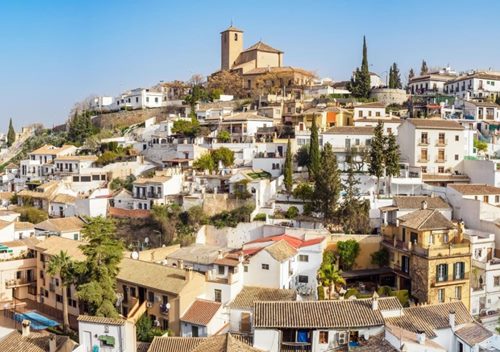
Something that every visitor to Granada is looking for is a viewpoint to contemplate the Alhambra. Would you like to visit them with a local guide? Sign up for this tour and take a journey through charming viewpoints such as San Cristóbal or San Nicolás, ending in a very special place such as the Mirador Ojo de Granada.
You will make an ideal route where you will take spectacular photos at every step.
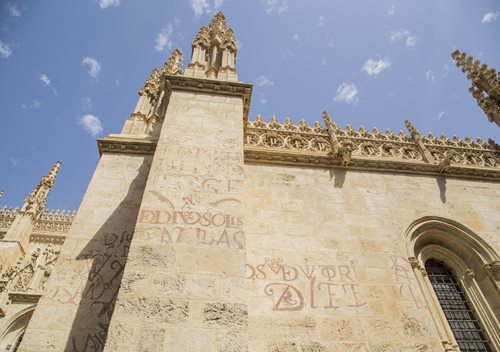
There are two monuments, which are the most visited after the Alhambra, essential to truly understand Granada: the Cathedral and the Royal Chapel. They are a symbol of the history and transformation of the city and Spain after the conquest of Granada by the Catholic Monarchs.
Don't miss out on discovering all their details and book your guided tour. You will visit both buildings and the historic center with a guide who will explain how Granada changed between the 15th and 16th centuries.
You will learn anecdotes you never imagined. Additionally, tickets are included in the price.
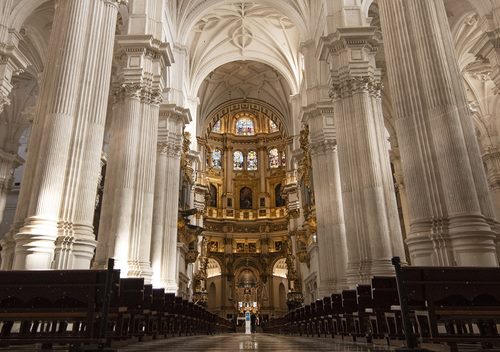
Step into two of Granada’s most iconic landmarks: the Renaissance Cathedral and the Royal Chapel, resting place of Queen Isabella and King Ferdinand.
Discover stunning art, historic architecture, and the legacy of Spain’s Catholic Monarchs. Uncover fascinating stories behind these sacred sites that shaped Spanish history.
Experience the grandeur and cultural heritage at the heart of Granada. Book your tour today and immerse yourself in the city’s religious and artistic treasures.
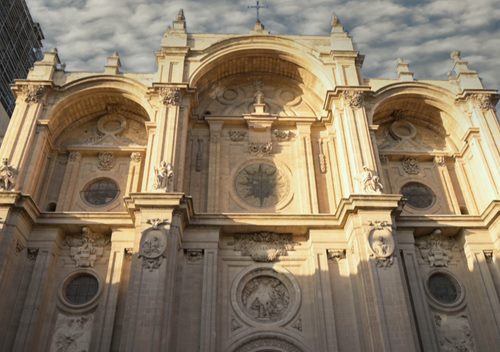
Skip the lines on this private tour of Granada Cathedral and the Royal Chapel with an expert guide.
Discover the beauty of Renaissance architecture and explore the artistic treasures inside.
Visit the tombs of Isabella I of Castile and Ferdinand II of Aragon, the Catholic Monarchs.
Learn the fascinating stories behind these iconic landmarks and their role in Spain’s history.
Enjoy a personalized experience at your own pace, fully immersing yourself in Granada’s religious and cultural heritage.
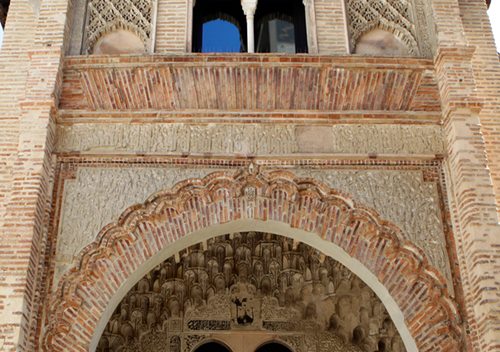
31 reviews
This Free Tour is ideal to discover the most emblematic places of the Granada city centre.
You will visit places as outstanding as Plaza Nueva, the Royal Chapel, the Cathedral, Alcaicería, or the Albaicín Bajo.
Do not pay anything now and put the price at the end of the route.

12 reviews
A perfect free tour to understand how changed Granada at the end of 15th Century after Catholic Kings conquest is walking through the historical neighbourhoods. A tour guide will carry to you to stroll the labyrinth and stoned streets of the Albaicin and the picturesque gypsy Sacromonte. Both neighbourhoods are declared World Heritage by UNESCO.
You'll fall in love of Granada and its leyends from the best Alhambra viewpoints.

